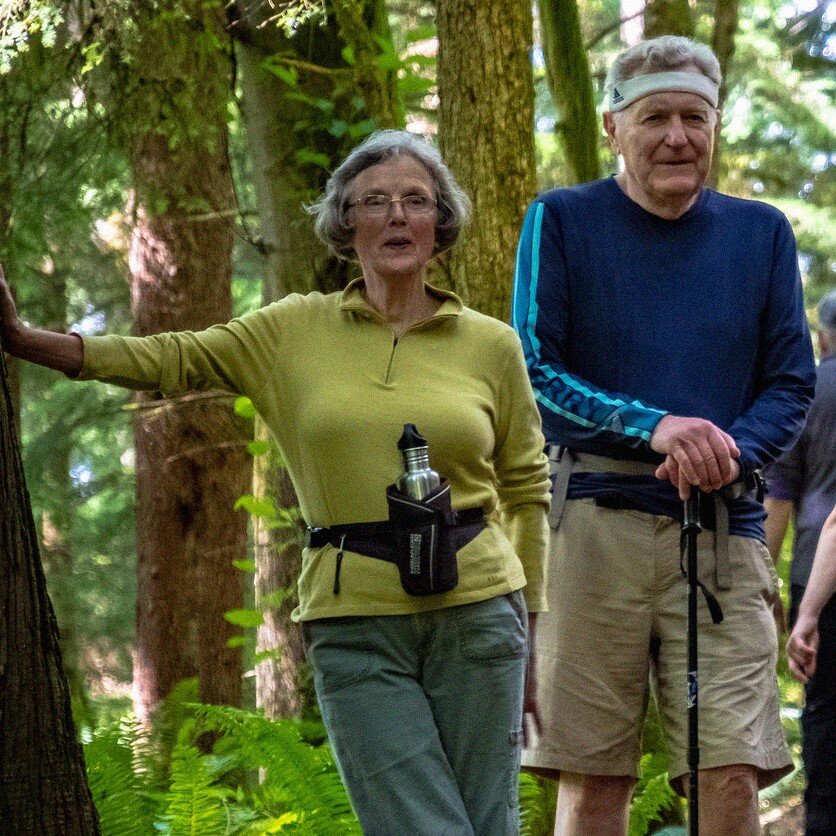THE CASE FOR PROTECTING
30% OF U.S. LAND AND OCEAN BY 2030
“We must set a national goal of protecting and restoring 30 percent of our lands and ocean by 2030 to stem the collapse of our natural world. This is the mass mobilization we need—the collective action that will save the planet.”
— U.S. Senator Tom Udall, New Mexico
It is not too late to save nature as we know it in America.
Nature is in a state of crisis. Three-quarters of the planet’s lands and two-thirds of its ocean have been heavily altered by humans. In the United States, we lose a football field worth of natural area every 30 seconds to human development, severely affecting freshwater, clean air, and wildlife. And scientists say that biodiversity loss, the wildlife trade, and the destruction of nature are leading factors in the emergence of new diseases, including Covid-19, MERS, Zika, and Ebola, that cause pandemics.
When given space to recover, nature has an incredible power to regenerate. In the ocean, scientists have found 600% more fish by weight inside highly protected marine reserves than in unprotected waters. On land, biologists have found animal and plant abundance to be an average of 15% higher inside protected areas than outside.
The United States still has some of the healthiest and most natural lands, waters, and ocean areas in the world. Approximately 60 percent of lands in the continental United States are in a mostly natural condition or could be restored to one. The United States is among the top five countries for retaining the most wilderness-quality land and ocean.
Conserving at least 30% of U.S. lands and ocean by 2030 is an ambitious but achievable goal. The United States has protected substantial areas of the ocean near Hawaii and in the western Pacific, but less than 1% of ocean near the continental United States is strongly protected. Meanwhile, only 12% of U.S. lands are permanently protected in their natural condition.
THE SCIENCE FOR 30x30
The science is clear: safeguarding and restoring natural areas is the most effective strategy to slow wildlife extinctions and bring life back to our ocean, rivers, lakes, and lands.
It is also an indispensable strategy for stabilizing the climate and protecting ourselves from the most severe impacts of climate change. To give nature room to recover, scientists say we need to protect at least 30% of our lands and ocean by 2030 en route to protecting half the Earth.
If we don’t act quickly, the problem will only get worse.
Every 30 seconds, a football field worth of America’s natural areas disappears to roads, houses, pipelines, and other development.
450 of the world’s leading scientists have warned that the unchecked loss of nature—in the United States and across the world—is resulting in a mass global extinction.
One million species are at risk of going extinct, many within just decades. Human activity has severely altered 75% of land and 66% of the ocean. And we’ve already lost so much; today, there are 3 billion fewer birds in North America than there were fifty years ago.
Natural areas, including forests, wetlands, and grasslands provide fresh drinking water for hundreds of millions of Americans.
Nature is the most effective water treatment plant. Safeguarding the source of freshwater by protecting watersheds is by far the most cost-effective strategy to ensure all of us have safe and clean water to drink.
Protecting more places, providing close-to-home opportunities to get into nature, and improving community access to outdoor spaces has a wide-range of health benefits.
Spending time in nature is associated with better health and well-being, including lower risks of diseases like type II diabetes, cardiovascular diseases, high blood pressure, obesity, and mental distress.
THE ECONOMIC CASE
WAYS WE CAN PURSUE 30X30 GOALS
“This is an opportunity not only to protect the cultural landscapes and homelands of indigenous people, but also to reset the conservation model in a way that is inclusive of indigenous voices and traditional knowledge.”
— Kendall Edmo, Tribal Historic Preservation Office, Blackfeet Nation
For more than a century, the United States has risen to meet major environmental challenges facing our nation. We have passed laws to prevent the poaching of wildlife, to clean up polluted skies and rivers, to end overfishing, and to create a system of parks and wildlife refuges that is the envy of the world. Every community in America is working in some way to protect natural places for our children and grandchildren. Nature is our common ground.
Americans from all backgrounds, beliefs, and political affiliations agree: nature is good and we should protect more of it.
Here are ways in which we can pursue a 30x30 goal:
Manage more national public lands for the benefit of future generations.
Provide the tools, resources, and incentives for landowners and the private sector to restore degraded natural areas and to manage their resources sustainably.
Help local and state governments conserve more town parks, rivers, watersheds, waterfronts, and coastal waters.
Support the work of tribal nations to protect natural, cultural, and spiritual resources on tribal, state, and federal lands and ocean.
Identify ocean habitats and resources that represent the diversity of America’s ocean and work in partnership with coastal communities to permanently protect sensitive marine resources.
Mobilize financial resources from the private sector, philanthropy, and public sources to expand protections and to help manage lands, waters, and oceans for conservation.















